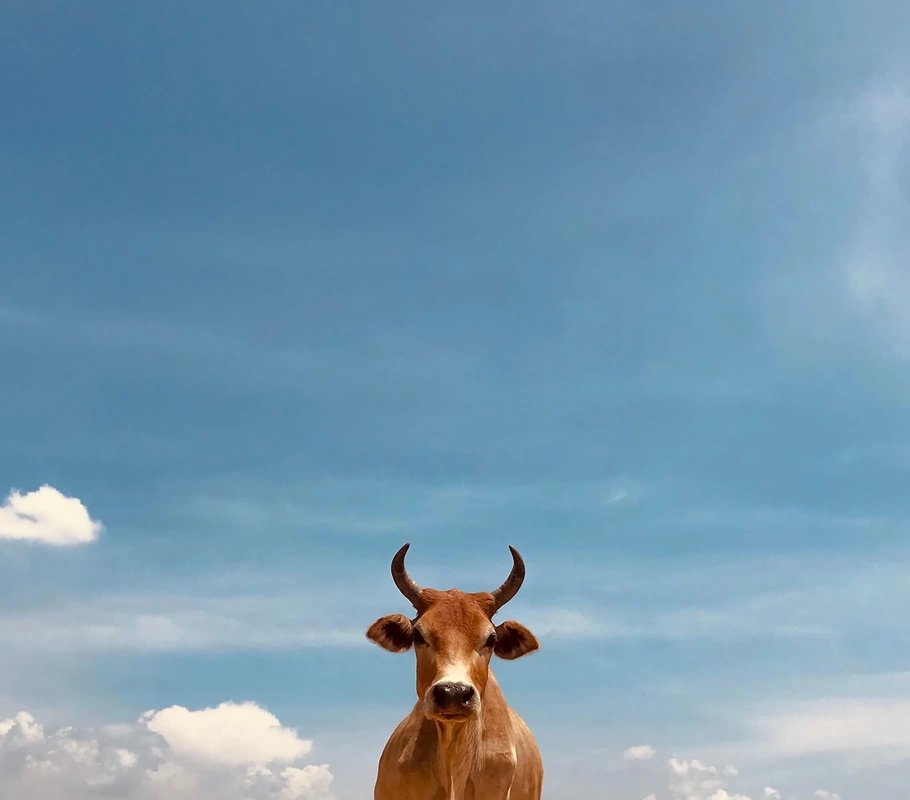|
Best Use: Increase the accuracy of any forecast.
In 1906, Francis Galton discovered what we now call, the wisdom of crowds. At a farmers’ fair in Plymouth he came upon a contest where crowd members had to guess the weight of an ox. Around 800 people wrote their guesses on tickets and the person with a guess that came the closest to the actual weight won a prize. The interesting part of this contest was the analysis Galton did afterward. He added up all the weights guessed and took an average. It turned out that the average was remarkably close,It turned out that the average was remarkably close, much closer than the winner, and even closer than some of the experts in the crowd. The average was only one pound off. This experiment has been repeated many times over the last century. One talked about is the Jelly Bean Experiment. A finance professor, Jack Treynor ran this experiment with his class of fifty six students. He filled a jar with 850 jelly beans and had his students guess. The average estimate was 871 — a difference of only 2.5%. Only one person in the class made a closer guess. In 2004, James Surowiecki drilled down into this phenomena with his acclaimed book, The Wisdom of Crowds (Doubleday). In his research he discovered important information about the crowds. Not all crowds are wise. As an example, investors in a stock market bubble. According to Surowiecki, for the wisdom of the crowd averages to work in their intended way, the information collected had to meet five criteria[1]: 1. Diversity of opinion — Each person should have private information 2. Independence — People’s opinions are not determined by the opinions of others participating. 3. Decentralization — People are able to specialize and draw on local knowledge. 4. Aggregation — Some mechanism exists for turning private judgements into a collective decision. 5. Trust — Each person trusts the collective group to be fair. The book received rave reviews. BusinessWeek wrote, “Provocative …. Musters ample proof that the payoff from heeding collective intelligence is greater than many of us imagine.” Applying The Wisdom of Crowds to Your Business A terrific August 2022 article in Harvard Business Review by Don A. Moore and Max H. Bazerman, “Leading with Confidence in Uncertain Times,” advocated using the concept of wisdom of crowds in forecasting. The question posed was if companies should rely on one expert forecast or many forecasts averaged. They posited that the higher risk of companies is to depend too much on one expert economic forecast. They reported that, averaging the estimates of all of the economists in the survey is a better strategy than selecting the estimate of the best predictor from the previous year. So how can you, as an executive, take advantage of this concept? Gather the opinions of as many knowledgeable stakeholders as you can. This can be done creatively with different “crowds.” 1. Ask your employees. Who knows your company better? Make it anonymous to get more authentic answers. 2. Ask your customers. When is the last time that you sent out a survey or email where you asked your customers about your products or ways for you to improve? I don’t know about you, but I’m sick of getting a survey every time I buy something. So come up with a creative way to get people to respond. Try telling a story. Use the story I told about the ox and the fair and the wisdom of the crowd. I would respond to that. 3. Ask your vendors. I always say that a company is only as good as its vendors. You buy things from them, so the least they could do is spend a few minutes answering some questions. Besides, it may benefit them. If your business increases because you are making better business decisions, then conceivably you would buy more products or component parts from them. 4. Ask the internet. Social media. Followers. Fans. You can definitely reach more people through the internet. This is appropriately your largest audience, your largest crowd. The idea here is to get your dedicated fans to respond. If you don’t have dedicated fans, then you might have bigger problems. 5. Ask your shareholders or investors. Of course you would have to tailor the questions you ask to the audience you reach out to. I wouldn’t talk to your vendors or customers necessarily about your projected revenues or profit numbers. Using the Results There are plenty of questions you could ask your crowd. This method works best as a prediction or projection of unknown numbers. So you need to put choices in terms of numbers. As an example, let’s say you ask your ten-person sales department what they think sales will be next year. Write down all the estimates and then take an average. Using the average sales number, you could ask your shipping department of twenty employees, what they think total dimensional weight cost for freight will be for the upcoming year. You can ask qualitative questions and attach numbers to the answers so you can get an average. You could post an ad campaign on your social media and ask your followers to rate it from one star to ten stars. Then take an average and if that is a 10, then run that campaign. If they rate it as a one or two, you’d better start to work on another campaign. As Moore and Bazerman so aptly pointed out: “It is our craving for certainty that leads us to chase a single expert, the one who can make perfect predictions. And this craving also makes us vulnerable to charlatans who lie to us and pretend they know; or worse yet, those megalomaniacs so overconfident that they sincerely believe they know. Beware the leader, entrepreneur, or political candidate who claims certainty about an uncertain future. They reveal more arrogance than insight.” [1] https://en.wikipedia.org/wiki/The_Wisdom_of_Crowds Subscribe to my LinkedIn newsletter. Originally published at https://www.datadriveninvestor.com on April 20, 2023.
0 Comments
Leave a Reply. |
Stories and snippets of wisdom from Cynthia Wylie and Dennis Kamoen. Your comments are appreciated.
Archives
June 2024
Categories |




